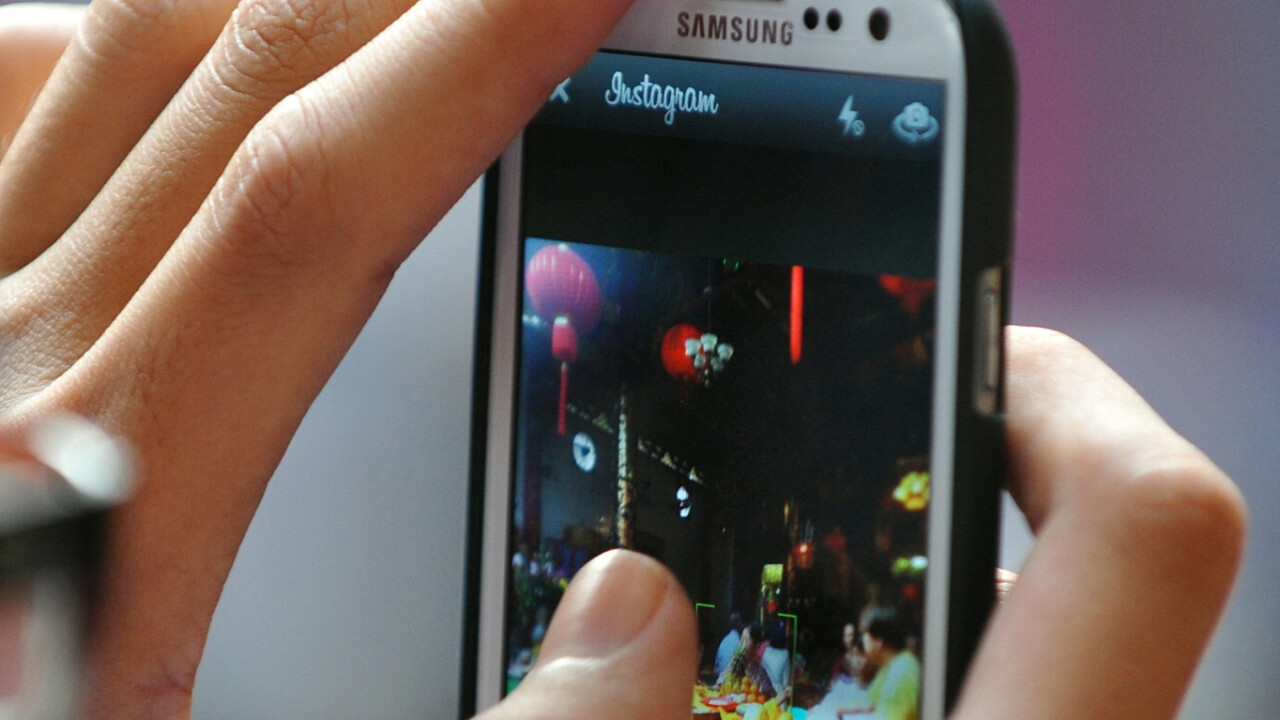
Ben Barone-Nugent is the Content Strategy Lead at Proximity BBDO in Melbourne, Australia. He’s previously worked for TBWA/DAN and DTDigital on clients as diverse as McCain, Qantas, American Express, and Honda. Ben also works with ClickFork, a startup that brings great online experiences to the restaurant industry.
Shortly after iOS 7’s release, a number of tweets emerged from people who thought it would make their phone water-resistant. This was the result a parody ad claiming that iPhones can ‘update to iOS 7 and become waterproof.’
Fake or not, it’s important to use this case to illustrate that advertisements can define the experience of the product itself. Ads help set up the experience of an app, website, video game, or tablet long before users get anywhere near the physical product.
Because of this, UX problems can be solved with good ads, and conversely, be created by bad ones.
Using ads to solve UX issues
Every designer, developer, writer, and strategist has a problem they want to solve. We often have a list of them.
But sometimes we get so focused on fixing a single issue that we forget there’s an entire experience that orbits around it. And perhaps we can utilize the orbiting parts of the experience to make our creations better and stronger.
I was working with a client who wanted to get older customers to use a utility for storing bills in the cloud. The problem: Older users generally didn’t grasp the concept of the “cloud.”
Our solution was to use ads to help teach users about this functionality. We set up a few tests to see if using the following tag line – if introduced in an ad – could help set our target audience up for the right experience.
Remotely secure your bills in the cloud using Product X
By using words like “remotely” and “secure” in the same context as “the cloud,” we aimed to explain the nature of cloud storage.
Our tests showed that users who read this line before using the app were more comfortable with its features and more willing to use it.
In real-market scenarios, we could target this type of messaging to give specific segments for the best possible experience. And by constantly optimizing these messages, we are able to improve people’s in-product experience.
But, as the fake iOS ad makes clear, it’s not always smooth sailing. A website or app that tests positively might not do so well when it’s released if its ads pitch it wrongly.
Preventing problems
To the average consumer, advertising is a product’s first impression. Expectations about a product begin with ads, PR, marketing, and reviews – and end with the product itself. Poor communication about features and functionality can damage a carefully architected experience.
Ensuring that the expectations, terminology, and functionality emerge correctly in ads is critical to its success, enjoyment and usability. This should go without saying – but it does raise an interesting question: What jurisdiction should the product designers have over advertising?
My instinct is to say “none.” Good ad creatives should be able to accurately describe and sell a product, no matter what it is.
But if we accept that a product’s experience begins with an ad, then the reality is more complicated.
Agencies typically sit the UX guy near the creative team when an interface needs to be made. It may be tough to accept, but creatives are and will become more involved with strategy, planning, and design.
But it doesn’t always go the other way. UX strategists, designers, and developers don’t always get to see how their experience is being extended across advertising, PR and media.
A good way forward is to use what we learn in user testing to develop and test messaging for ads. This approach carves out a clear role for UX analysts and designers that doesn’t impinge on the traditional ad creative process.
Experiences go beyond the thing you’re making
Whether we’re designing apps at a digital agency or coding for a new startup, the experiences we design often begin before users get anywhere near our product. The fake iOS ad shows us in no uncertain terms.
So ask yourself – does your product’s experience begin with an ad or some other content outside the actual product?
With the answer in mind, you can find opportunities to solve complex UX problems, build stronger experiences, and create better ads.
Image credit: Shutterstock
Get the TNW newsletter
Get the most important tech news in your inbox each week.
